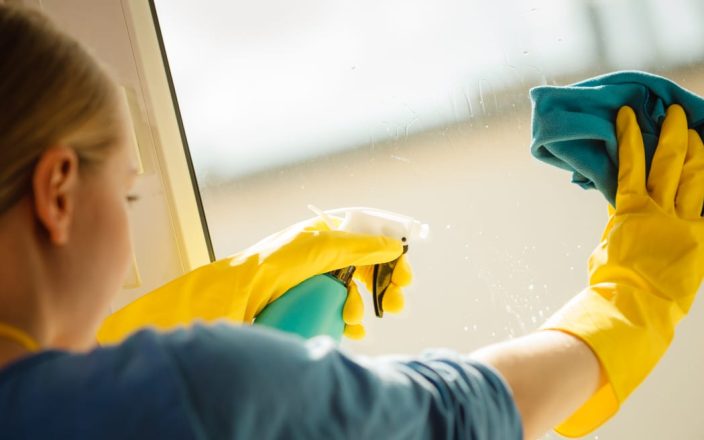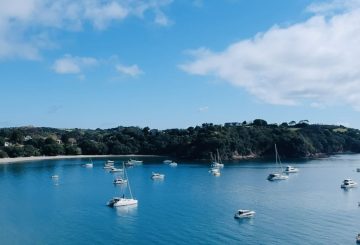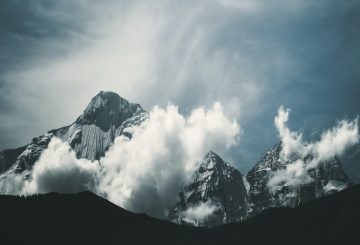Inspeksi sewa dapat mengganggu penyewa, yang sering khawatir tentang seberapa bersih rumah mereka. Tuan tanah atau manajer properti memeriksa kebersihan, kerusakan, dan peralatan berfungsi. Jessica Currie dari Ray White mengatakan inspeksi membantu melindungi penyewa dari klaim yang tidak adil ketika mereka pergi.
Zanian Steele dari Renters United menunjukkan bahwa beberapa tuan tanah kurang pengetahuan tentang tanggung jawab mereka, terutama tuan tanah yang lebih kecil. Selama inspeksi, manajer properti akan mencari kebersihan umum, tetapi tidak harus sempurna, seperti hotel. Misalnya, beberapa remah-remah atau sedikit debu dapat diterima.
Namun, penyewa mungkin perlu meninggalkan properti dalam kondisi yang lebih baik ketika mereka pindah. Tuan tanah dapat mengambil foto selama inspeksi, tetapi mereka tidak boleh memotret barang-barang pribadi kecuali diperlukan. Inspeksi juga merupakan kesempatan bagi penyewa untuk melaporkan masalah pemeliharaan.
Inspeksi dapat dilakukan antara jam 8 pagi dan 7 malam untuk persewaan dan jam 8 pagi hingga 6 sore untuk rumah kos. Penyewa harus diberitahu setidaknya 48 jam sebelum inspeksi. Juga, penyewa tidak harus membersihkan bagian luar properti; itu adalah pekerjaan pemilik.
Jika penyewa memiliki hewan peliharaan atau menggunakan properti dengan cara tertentu, mereka mungkin bertanggung jawab untuk membersihkan area tertentu. Misalnya, jika BBQ menyebabkan kekacauan di dek, penyewa mungkin diminta untuk membersihkan area itu.
Manajer properti dapat membuka lemari untuk memeriksa kebocoran tetapi harus menghormati privasi penyewa. Penting bagi tuan tanah untuk memberi tahu penyewa jika mereka ingin memeriksa area di mana barang-barang pribadi disimpan.
Penyewa tidak boleh dipaksa untuk membayar pembersihan profesional kecuali dinyatakan dalam sewa, dan mereka tidak perlu khawatir tentang keausan normal di properti. Masalah seperti lantai yang aus atau noda kecil dari penggunaan biasa dianggap keausan yang wajar, sementara kerusakan yang disengaja tidak.
Memahami hak dan berkomunikasi dengan tuan tanah sangat penting bagi penyewa. Mereka harus mendokumentasikan masalah apa pun dengan gambar dan email. Jika masalah muncul yang tidak dapat diselesaikan, penyewa dapat mencari bantuan dari Biro Nasihat Warga atau Tribunal Sewa.
Inspeksi rutin membantu melacak bagaimana properti dipelihara dan dapat melindungi penyewa dari klaim yang tidak adil. Ini memastikan bahwa segala keausan diakui, menghindari kejutan di akhir masa sewa.





























































